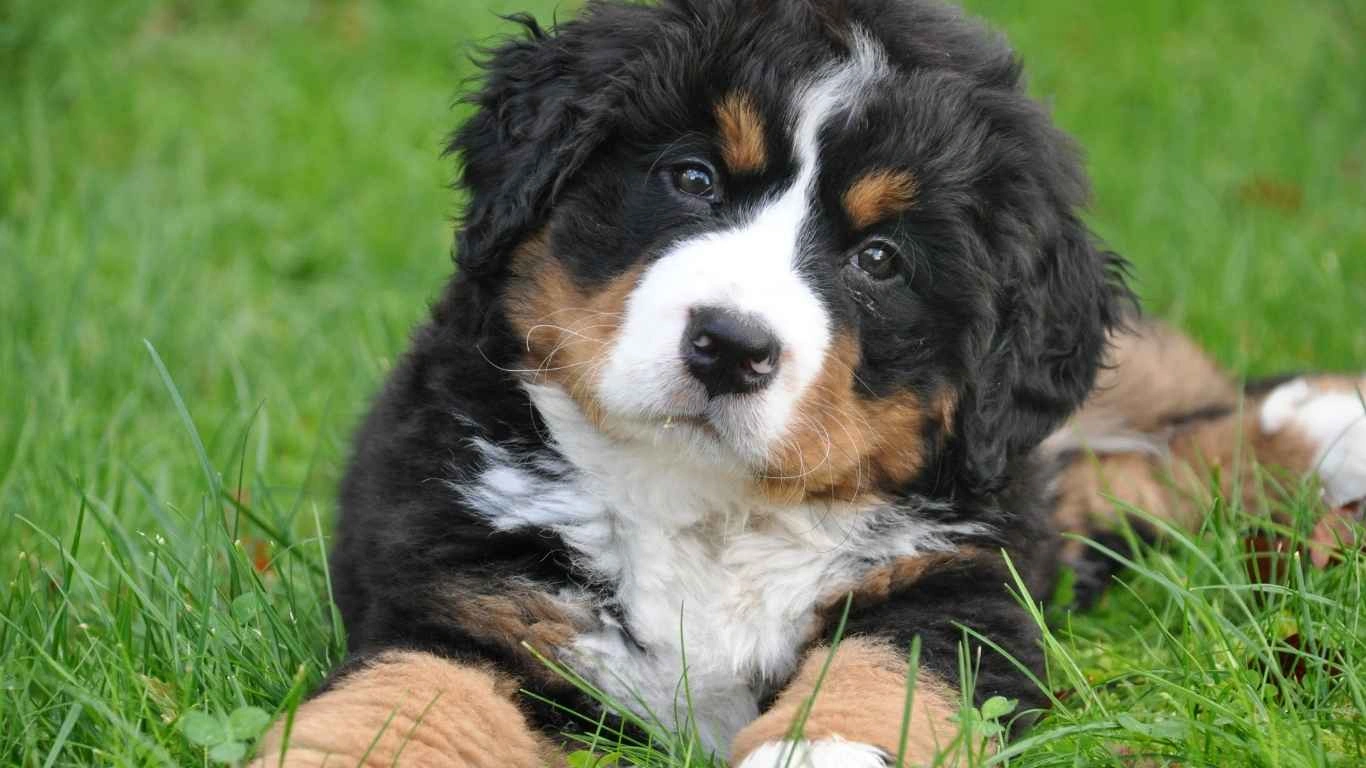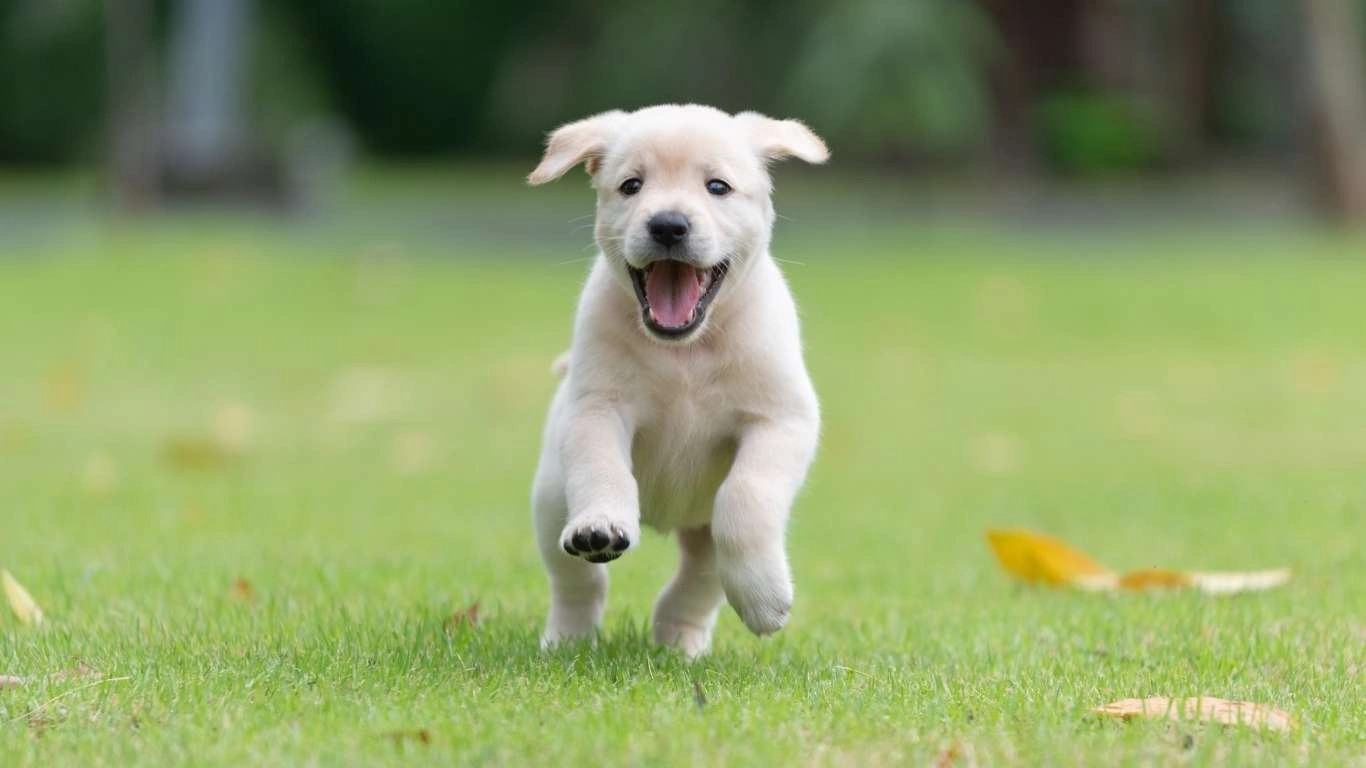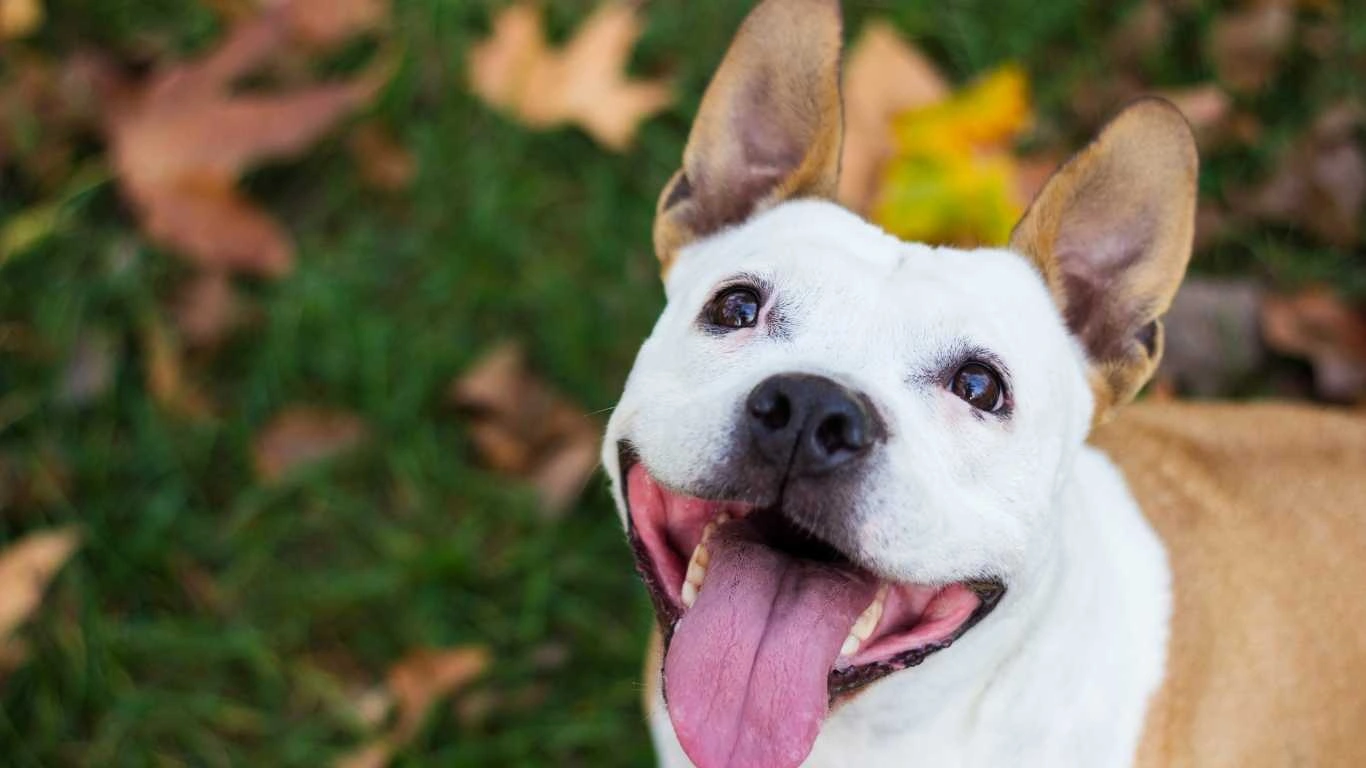Best Diet for Working Sled Dogs: Boost Energy & Performance with Proper Nutrition
As an Animal Care Specialist, I’ve had the privilege of caring for many working sled dogs over the years. One of the most important aspects of their care is ensuring they have the best diet to keep them healthy, strong, and ready for those long treks across harsh terrains. You might be surprised by how specific and demanding a sled dog’s nutritional needs are, especially during peak seasons when they are working at their full potential. From what I’ve seen in pet clinics and shelters, knowing the best diet for working sled dogs is crucial not only for their performance but for their overall well-being.
Understanding the Nutritional Needs of Working Sled Dogs

When it comes to feeding working sled dogs, it’s essential to understand that these dogs are not your average house pets. Their energy requirements are much higher, especially when they’re out pulling sleds for hours or even days at a time. Their bodies need specific nutrients in specific amounts, and as an experienced Animal Care Specialist, I’ve seen how a well-balanced diet can make a massive difference in a dog’s performance and health.
The key components of a sled dog’s diet include protein, fats, and carbohydrates. Each of these macronutrients plays a vital role in keeping a dog fueled, hydrated, and able to endure long, strenuous hours of work.
Protein: The Building Block for Muscles
Protein is a crucial part of any working dog’s diet, but for sled dogs, it’s even more important. Protein helps with muscle maintenance and repair, which is essential when these dogs are constantly in motion. Their muscles are under constant strain, and they need a good amount of protein to rebuild and recover.
In my experience, working sled dogs thrive on high-quality animal proteins like chicken, beef, or fish. These proteins provide the necessary amino acids that aid in muscle recovery and support the dog’s immune system. Lean meats are the best option as they provide the protein without adding excessive fat.
However, it’s important not to overdo it on protein. Too much protein can cause kidney stress, which is why it’s essential to work with a vet or animal nutritionist to ensure you’re meeting the exact needs of each individual dog. Proper portioning is key.
Fats: The Powerhouse for Energy

While protein is essential for muscle health, fats are the primary source of energy for working sled dogs. These dogs are burning a lot of calories as they pull sleds, and they need a high-fat diet to keep their energy levels up. Fats are more calorie-dense than protein or carbohydrates, which is why they are such an essential component of a working sled dog’s diet.
In my years of experience, I’ve found that animal fats, such as those from lamb, beef, and fish, provide the best kind of fat for sled dogs. These fats not only provide sustained energy but also help with maintaining a healthy coat and skin, which is important when they’re exposed to the cold for long periods. Some high-quality dog food formulas for working dogs include fish oils, which are rich in omega-3 fatty acids. These fats are beneficial for reducing inflammation and keeping the dog’s joints and muscles in good condition.
It’s important to note that while fats are crucial for energy, not all fats are created equal. Avoid feeding sled dogs too much saturated fat, as it can lead to obesity or heart issues. A balanced ratio of fats is necessary to keep the dog in peak condition.
Carbohydrates: The Fuel for Endurance
Carbohydrates are another important component of a sled dog’s diet, but they are often misunderstood. Unlike fat, which provides sustained energy, carbohydrates act as a quick energy source for short bursts of activity. They are especially important when sled dogs are running for long stretches, as they provide the necessary fuel for endurance.
The best carbohydrates for sled dogs come from whole grains, vegetables, and fruits. Brown rice, oats, sweet potatoes, and even pumpkin are great sources of healthy carbs that are easily digestible. In my practice, I’ve seen a significant improvement in a dog’s stamina when their diet includes an appropriate amount of complex carbohydrates.
Some sled dogs also benefit from a small amount of simple sugars, which can provide quick bursts of energy during intense activities. However, the key is balance—too many carbohydrates can lead to weight gain, so the quantity must be controlled.
Hydration: Don’t Forget About Water

While we often focus on what goes into a dog’s food bowl, hydration is just as important—if not more so. Working sled dogs lose a significant amount of water through sweat and the extreme cold conditions they face, so it’s crucial to ensure they’re drinking enough. Dehydration can lead to muscle cramps, fatigue, and poor performance.
One of the things I always recommend to sled dog owners is to make sure that fresh, clean water is available at all times. Some dogs may not feel thirsty in the cold, but they still need to replenish the fluids they’re losing. I’ve had the opportunity to witness firsthand how much better a dog performs after staying properly hydrated throughout the day.
In addition to water, you can offer electrolytes in the form of special dog hydration products if needed. These can help replenish lost minerals and keep the dogs feeling their best during long sledding sessions.
Supplements: Adding That Extra Boost

While a well-balanced diet with the right mix of protein, fat, and carbohydrates forms the foundation of a working sled dog’s nutrition, there’s often room for additional supplements to give them an extra boost. These supplements can help fill in nutritional gaps, enhance performance, and promote recovery after strenuous work. From my experience, carefully chosen supplements have made a significant difference in the endurance and overall health of sled dogs.
One of the most common and effective supplements I’ve seen in use is glucosamine. This is especially important for working sled dogs because their joints undergo heavy stress during long runs. Glucosamine supports joint health and helps reduce the risk of arthritis, a concern for older or heavily worked sled dogs. Many working dog foods already include glucosamine, but sometimes an extra boost can be beneficial, particularly for dogs that show early signs of joint discomfort.
Another supplement worth considering is omega-3 fatty acids, which can help reduce inflammation and support heart health. As I’ve observed with many sled dogs, long periods of intense physical activity can lead to joint wear and tear, and omega-3s are a great way to combat this. They also aid in keeping the dog’s coat shiny and healthy, which is essential when they’re exposed to the harsh conditions in cold climates.
Electrolytes are another supplement that can help keep sled dogs hydrated and performing at their peak. After long runs, dogs can lose a significant amount of sodium and potassium, which can cause muscle cramps and fatigue. Offering electrolyte supplements can help replenish these lost minerals and ensure your dog stays strong and healthy during those demanding runs.
Meal Timing: When to Feed Your Sled Dog

Feeding schedules are just as important as the diet itself. I’ve seen many sled dog owners struggle with meal timing—feeding either too early or too late in the day, which can sometimes result in sluggishness or underperformance. After years of experience, I’ve learned that when you feed your dog can play a significant role in how they feel and perform.
Generally, working sled dogs do best when they’re fed small, frequent meals throughout the day, rather than one large meal. This helps maintain energy levels without overwhelming their digestive system. I recommend feeding sled dogs two to three smaller meals per day, spaced out by several hours, depending on the dog’s work schedule.
If a sled dog is working in the morning, it’s a good idea to give them a light meal about 2-3 hours before their work begins. This will give them time to digest the food and ensure they have enough energy for the tasks ahead. After a long run, sled dogs often experience an increase in appetite, and they may require a larger meal to replenish their energy stores. Feeding them soon after the activity is also important to kickstart their recovery process.
Some dog owners have found that feeding their sled dogs right after the run helps them recover faster, while others opt for feeding them a couple of hours later when they’re more settled down. In my experience, every dog is different, so it’s important to observe your sled dog’s behavior and energy levels to determine the best feeding schedule.
Choosing the Best Dog Food for Sled Dogs

When it comes to selecting the right dog food for working sled dogs, the choices can be overwhelming. Over the years, I’ve seen a lot of commercial dog foods, and not all of them are made equal—especially for working dogs with such demanding physical requirements. Choosing a high-quality dog food is critical, as it will serve as the base of your dog’s diet.
The first thing I always recommend when looking for the best dog food for sled dogs is to check the ingredients. Look for foods that list high-quality animal proteins, like chicken, lamb, or salmon, as the primary ingredient. These are great sources of protein that sled dogs need for muscle maintenance and recovery. Avoid foods with too many fillers, such as corn and soy, as they don’t provide much nutritional value.
Another aspect to consider is the fat content. Working sled dogs need a diet rich in fats for energy, but the type of fat matters. Opt for foods that contain healthy animal fats or fish oils, which are rich in omega-3 and omega-6 fatty acids. These fats are excellent for energy, skin health, and joint support.
Carbohydrates are also an essential part of a sled dog’s diet, but as mentioned before, you want to make sure the carbs come from high-quality sources. Foods that contain brown rice, oats, sweet potatoes, and barley are excellent choices. These whole grains are easy to digest and provide a slow-release energy source that will keep your dog going during long days on the trail.
For some sled dog owners, raw or homemade diets are an option. I’ve worked with some experienced dog owners who swear by raw feeding, as it allows them to have complete control over the ingredients their dog consumes. However, if you choose this route, it’s essential to work with a veterinary nutritionist to ensure the diet is balanced and safe for your dog.
Adjusting Diet Based on Seasonal Changes

As an Animal Care Specialist, I’ve learned that one of the most important things to keep in mind when feeding working sled dogs is how their dietary needs can change with the seasons. Just like humans, sled dogs experience changes in activity levels, metabolism, and environmental conditions throughout the year. These factors can significantly impact their nutritional requirements.
During colder months, when sled dogs are working in subzero temperatures, they burn a lot more energy just to keep warm. This means that their calorie intake needs to increase, often by as much as 30-40%. They also tend to eat more fats and proteins in winter, as these macronutrients help them maintain energy while withstanding the cold. In my experience, sled dogs that are active in winter benefit from a higher fat diet, as fats provide more calories per gram than carbohydrates or protein. This helps ensure that they’re not only staying warm but also getting the necessary energy to complete their runs.
In contrast, during warmer months, the sled dogs’ activity levels may decrease, and their calorie requirements will naturally drop. Their metabolism may slow down, so you might find that they require fewer calories, less fat, and a higher focus on hydration. This is also when I tend to focus more on balancing their protein and carb intake to maintain muscle mass while keeping their weight in check.
Understanding these seasonal changes is key to keeping your sled dog in top condition. By adjusting their diet based on the season, you can prevent both overfeeding (which can lead to obesity) and underfeeding (which can lead to fatigue and poor performance).
Special Considerations for Older Sled Dogs

Older sled dogs require special attention when it comes to their diet. As they age, their bodies undergo a lot of changes. Their metabolism may slow down, they may lose muscle mass, and they may experience joint stiffness or arthritis. These changes can affect how they handle their food and how much energy they need, so it’s essential to adjust their diet accordingly.
In my years of caring for older sled dogs, I’ve noticed that their protein needs don’t decrease as much as you might think. Older dogs still need protein to maintain muscle mass, but the key is to ensure the protein is lean and easy to digest. I recommend foods that are rich in high-quality protein but lower in fat, as excess fat can lead to obesity and exacerbate joint issues.
Joint supplements like glucosamine and chondroitin are often beneficial for older sled dogs. These supplements support joint health and can alleviate discomfort caused by arthritis or general wear and tear from years of running. Including these supplements in their daily diet can help keep them more comfortable, and I’ve seen firsthand how they can improve the mobility and quality of life for senior sled dogs.
It’s also important to remember that older dogs are more susceptible to dehydration. With age, their thirst drive may decrease, making it essential for owners to monitor their water intake more closely. You can make hydration easier for older dogs by offering wet food or adding water or broth to their kibble. This can help them stay hydrated and support overall health.
Managing Allergies and Food Sensitivities
Just like with any breed of dog, working sled dogs can also develop food allergies or sensitivities over time. While it’s not something that happens with every dog, it’s something to keep in mind, especially when dealing with the high-intensity diet of a sled dog.
Some sled dogs may develop sensitivities to common ingredients like grains, chicken, or beef. In my experience, these allergies can cause discomfort, digestive issues, and skin problems, which can have a big impact on a dog’s performance. If you notice symptoms such as excessive itching, ear infections, or gastrointestinal upset, it might be time to reassess their food and look for hypoallergenic or grain-free options.
Many dog food brands now offer specialized diets designed for sensitive stomachs or allergy-prone dogs. These formulas often contain limited ingredients and are free from the most common allergens. I’ve found that switching to a food with easily digestible proteins like lamb or duck, along with a novel carbohydrate like sweet potato or quinoa, can help alleviate symptoms in sensitive dogs.
It’s important to consult with a veterinarian if you suspect your sled dog has food allergies. They can help identify the specific allergens and guide you toward a proper elimination diet to ensure your dog’s nutritional needs are still being met.
References
For more information on dog nutrition, you can check out the following resources:
- American Kennel Club – Dog Nutrition
- Dog Food Advisor – Reviews and Tips
- PetMD – Health & Nutrition Articles
Remember, a balanced diet is just one piece of the puzzle when it comes to keeping your sled dog in peak condition. Regular veterinary checkups, hydration, exercise, and proper rest are just as crucial in ensuring they stay healthy and strong for their demanding work.
Disclaimer
The information in this article is intended for general educational purposes only and is based on my personal experiences as an Animal Care Specialist. Always consult with a veterinarian or animal nutritionist before making significant changes to your sled dog’s diet or routine to ensure it is appropriate for their individual needs.






